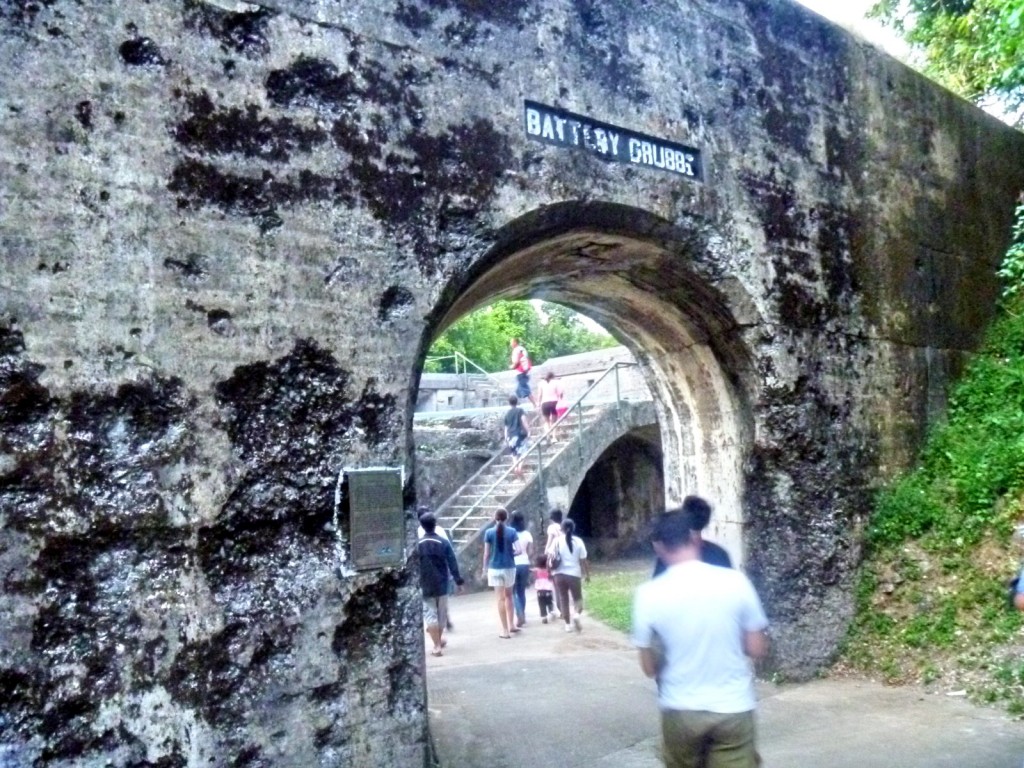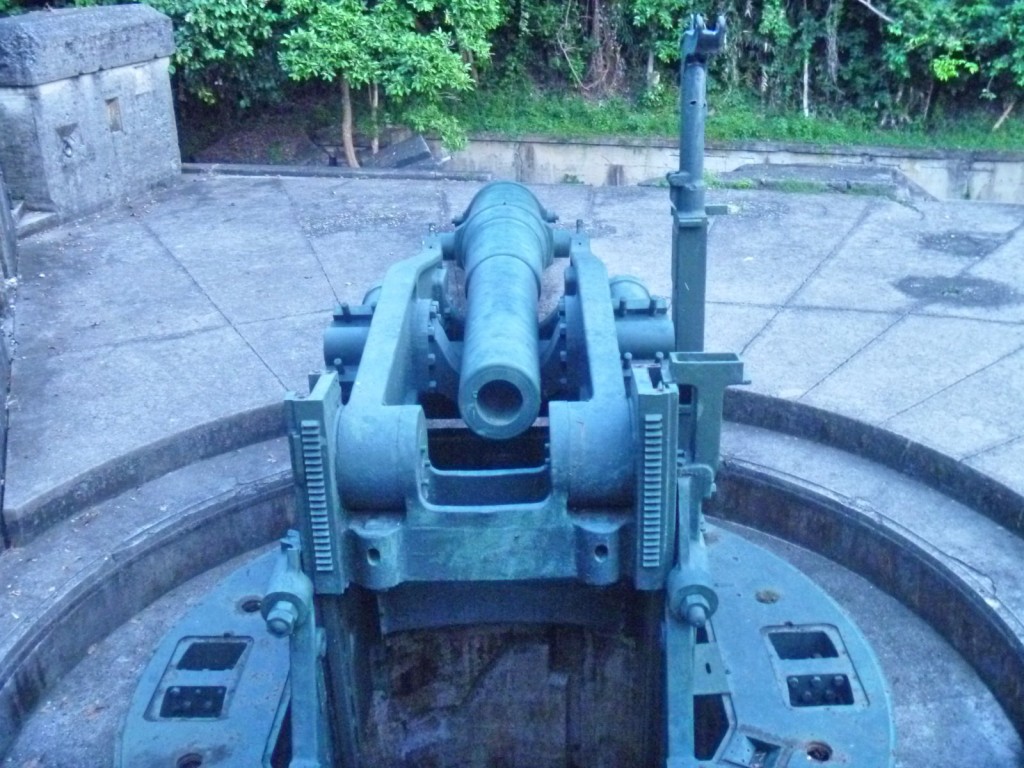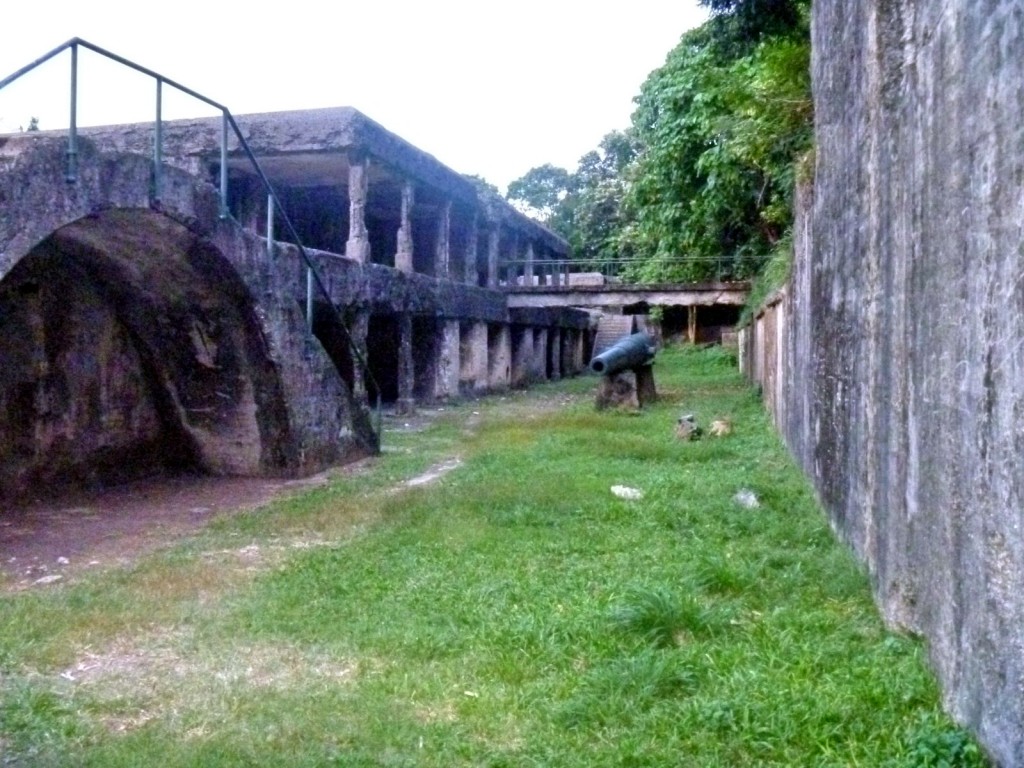| Shrine of Our Lady of Manaoag |
After our very educational patupat factory visit in Pozorrubio (Pangasinan), we now boarded our special Victory Liner media bus for the long haul drive to Microtel Inn & Suites Luisita (Tarlac) where we were to be billeted prior to our Pinatubo trek. Along the way, we made a short stopover at Manaoag, also in Pangasinan, so visit the Shrine of Our Lady of Manaoag (formally Nuestra Señora del Santissimo Rosario de Manaoag or Our Lady of the Most Holy Rosary of Manaoag) and its newly opened Candle Gallery. I have been to the shrine a number of times but this would be my first time to visit the Candle Gallery, built on the site of the old comfort rooms and canteen, to accommodate pilgrims who want to light candles as they make their humble petitions. The building, designed by Arch. Armando “Don” de Guzman, was only blessed December 7 of last year by Fr. Stephen Redillas, OP, the Prior of the Manaoag Shrine.
| Our Lady by the Fountain at the Candle Gallery |
Its centerpiece is an 8-ft. high wooden statue of Our Lady by the Fountain with the baby Jesus and the Holy Rosary in her arms, both sculpted by Nicolas Lugue, and at its base is a fountain, its water cascading from the four sides of the rock base, guarded by four angels, and then down to a circular pool where the pilgrims may sit and reflect. Above, naturally providing light to the image, is a glass skylight. Beside the Candle Gallery is the Blessing Area where pilgrims who brought or bought (from the new store that sells candles, rosaries, images of saints, spiritual books, etc.) religious articles, may have them blessed by a priest right after every Mass celebrated in church (3-4 PM). It also accommodates the pilgrim’s requests for holy water and the blessing of their vehicles.The Feast of Our Lady of Manaoag is held on the third Wednesday after Easter but as Our Lady of the Most Holy Rosary of Manaoag, it observes its universal feast day on the first Sunday of October.




















.jpg)
.jpg)


.jpg)






